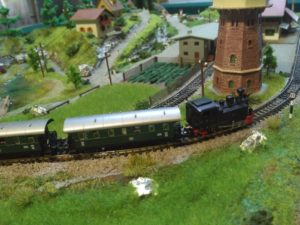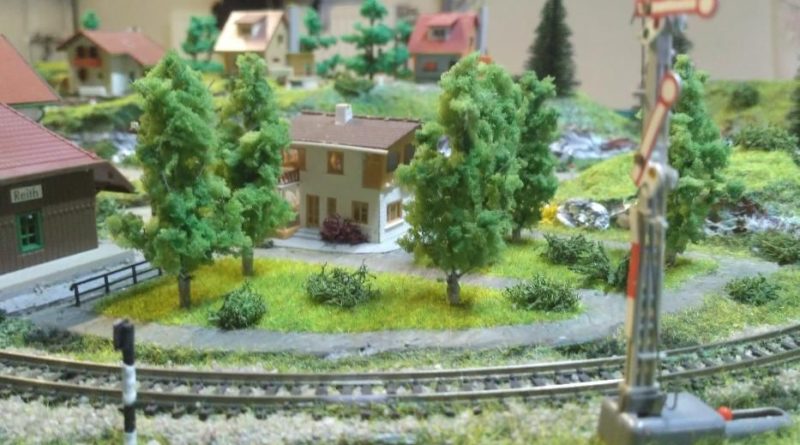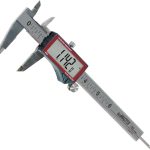Planning the Perfect Model Railway Layouts
One of the joys of owning a model railway is the ability to build your own model railway layouts. After all, there will come a day where you will need to expand past that standard ‘circular’ layout that you set up when you first got your set. In this article I am going to share with you a couple of ideas on how you can plan the perfect model railway layouts. Of course, there is plenty more to learn beyond what you find here, but it should certainly go a long way towards helping you.
Before you can start planning your model railway layouts there are three main things that you are going to need to bear in mind:
- The budget that you have at your disposal. There is no sense planning a huge track that uses countless pieces of track if you simply do not have the funds to make it a reality.
- The amount of space that you have available. If you have limited space then you may wish to opt for railway layouts that are on a smaller scale.
- The amount of time that you have at your disposal. Many people fail to realize just how much time it takes to design and build a track. Of course, you could always combat this by building a track in ‘stages’ so you will be able to enjoy it every single step of the way, although budget and space will be factors here.
Once you have considered all of that you can begin to plan your model railway layouts. There are plenty of websites online which are packed to the brim with designs from some of the best track designers in the business. I am sure that you will easily be able to find something to suit every budget. I suggest that if you are just getting started with model railway layouts that you look at some designs first and then build from them. If you really are insistent on designing your own track then you can look into real world example layouts (of course you will need to trim back on them a little if space is limited) or even go crazy and plan your own designs, although that latter option will require a bit of experience.
One thing that many people don’t consider when planning their model railway layouts is the limits of their model trains. For example, larger trains may struggle to negotiate around a particularly tight corner. Some trains may also struggle with steep gradients. I suggest that you look online at the limits of your train before you start planning the layout.

One tip I can offer is to keep your layouts simple. Too many people tend to over complicate their layouts and they lose a sense of ‘realism’. One of the biggest mistakes you can make is sending a train through the same area twice in your layout. How often does this happen in real life? Try to keep in line with your theme as well. Many people plan models of days gone by. Be honest with yourself, in the American West how often would you see track after track piled on top of each other? What I am trying to say is to be realistic you need to keep it simple.
Once you have planned your track on a piece of paper you can start working on your layout. One consideration that you need to make is how you want to build the track. Obviously if you are catering for children then it can be slightly lower to enable them to see it. If it is more of an adult project then you can build it higher. Ensure that wherever you place your track you have access to it as well! There is nothing worse than a piece of track becoming faulty and you having absolutely no access to it.
Once you have chosen your location you can start to plan the track. I suggest putting a bit of cardboard down. Plan where you want the buildings and where track will go. Try to ensure that you get it to scale as much as possible. Once you have done this you can write down a list of the ‘bare essentials’ that you need to get the track working as soon as possible. Remember, you can always upgrade in the future.
Hopefully these essential tips will set you on the short path towards designing the perfect model railway layouts.


